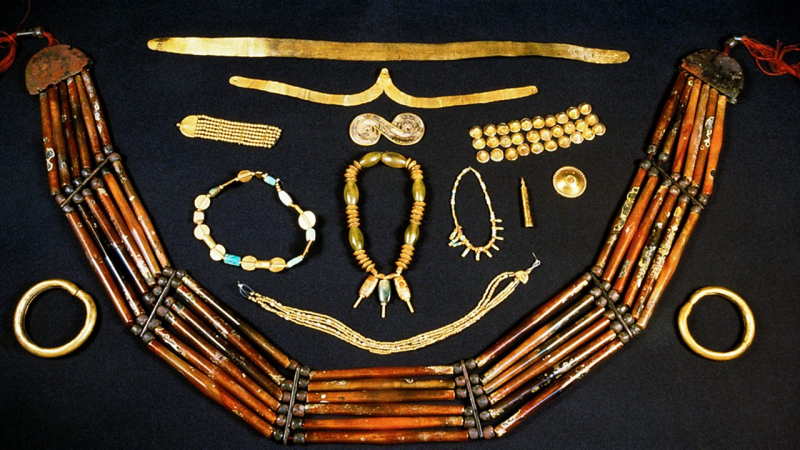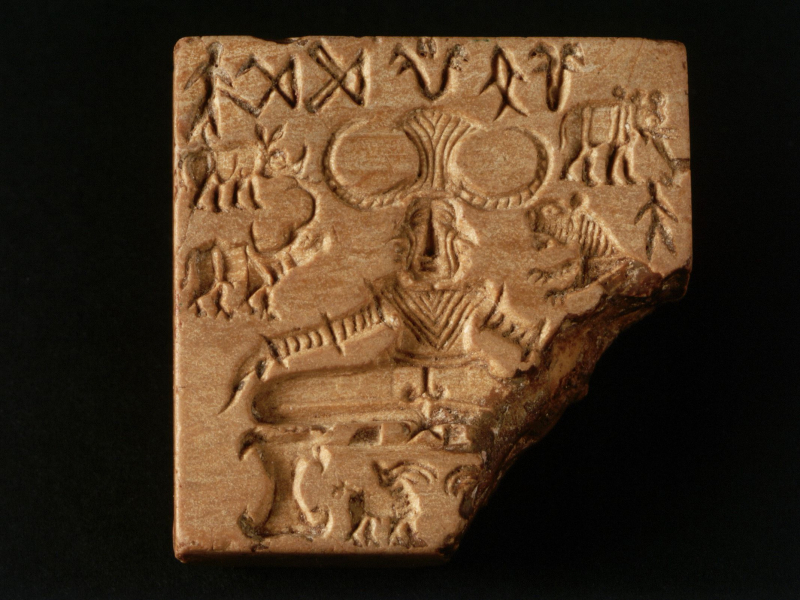Discovery of Artefacts
The Indus Valley Civilization's distinctive artwork, sculptures, ceramics, seals, and jewelry were its most important discoveries.
Stoneware bangles were made using the earliest stonewares, which were the forerunners of porcelain, at the Indus Valley Civilization sites of Harappa and Mohenjo Daro. The decorations that were in use were set with semi-precious stones, gold, and jewels. They had a high value because of their meticulous work and distinctive qualities.
The sketches, paintings, and painted terracotta pots were created with skill in the craft of work. In addition to this, stamps featuring images of a few animals, including tigers, buffaloes, elephants, and rhinos, were well-known items from that period. A few antique soapstone objects with elaborate artistic marks were found contained within the bricks. The first bronze sculpture is believed to be Dancing Girl from Mohenjo-Daro, which dates to the Harappan culture around 2500 BCE. In Kali-began, where they used to exercise their religion, the Fire-altars were discovered. They developed the techniques for employing fire to create objects, containers, and ornaments.













